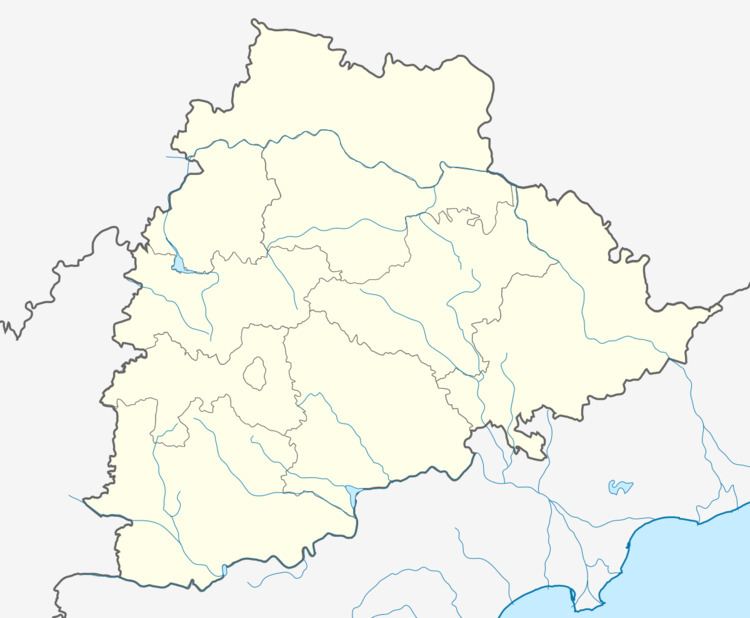Proper name Amba Mai | Location Peddamunigal Architectural styles Dravidian Architectural style Dravidian architecture | |
 | ||
Similar Nehru Zoological Park, Snow World, Jalavihar, Vadakkunnathan Temple, Ranganathaswamy Temple - Srirangam | ||
Powerful god in peddamunigal
Peddamunigal, also known as Munigal, is a popular Hindu temple situated on the banks of the Krishna river in Peddamunigal in Nalgonda district of the Indian state of Telangana. The Temple is said to be an abode of Bhavani.
Contents
- Powerful god in peddamunigal
- Holi celebration in peddamunigal village devarakonda nalgonda
- History of Tulja Bhavani
- History of Temple
- Tulja Yaadi Jaatara 2016
- Transport
- References
Holi celebration in peddamunigal village devarakonda nalgonda
History of Tulja Bhavani
Tuljapur is situated in Osmanabad district and Tuljapur is well known for Lord Shri. It is located on the hill of "Bala ghat", Tuljabhavani. The former name of Tuljapur was Chinchpur. Lord Tuljabhavani is a popular deity and also a family deity (Kul-daiwatall) across India. She is also described as the impressive and formidable Goddess in Hindu Puranas, who is known to combat demons and evil forces and maintain the moral order and righteousness in the universe.
The history of the temple has been mentioned in the "skanda puran". There was a sage known as "Kardabh" whose wife "Anubuti" had performed a penance at the banks of river "mandakini " for Bhavani mata to look after her infant child after the sage's death. While performing the penance, the demon known as "Kukur" tried to disturb her penance during which Mata Bhavani came to the aid of "Anubuti" and killed the demon "Kukur". From that day onwards the Goddess Bhavani came to be known as Tulja Bhavani. The same place is today known as Tuljapur. Nizam or Adhilshah both were not interfaced in religious things.There were approximately about 5000 people living in Tuljapur around 1920.
History of Temple
People of Peddamunigal started worshipping the goddess Bhavani since the early 1900s in a small hut built with cloth (Paal in native lambada language). After few years Kethavath Hema Saukaar and the local people of the village came to a consensus and appointed a family to serve the goddess Bhavani. Since then this family is called as the Bhakath family. The Temple was constructed in the mid-1950s by Kethavath Chandru Naik with the cooperation of locals and the people of nearby villages and the daily prayers are performed to the goddess Bhavani by the Bhakath family. This temple is being maintained by the Temple society.
Tulja Yaadi Jaatara --2016
It has been allegedly declared that approximately 10,000 animal sacrifices happened to goddess Bhavani in the year 2016. The number of animal sacrifices have been increasing at an enormous rate each year since 1985. People believe that by offering these sacrifices to the goddess Bhavani, she grants all her devotees wishes with health and wealth.
Transport
Peddamunigal is about 130 km (approx. 85 miles) from Hyderabad and is well connected by Road. The nearest railway station is Nalgonda (about 60 km) for passenger trains. The nearest bus station is Deverakonda (about 30 km) for buses. After alighting at Deverakonda, one can take a bus or auto.
